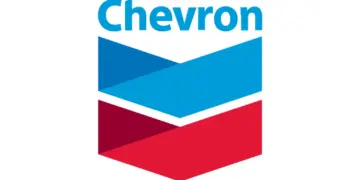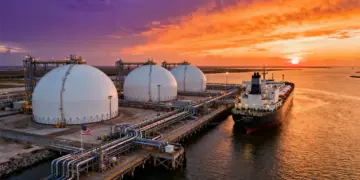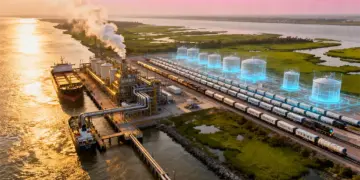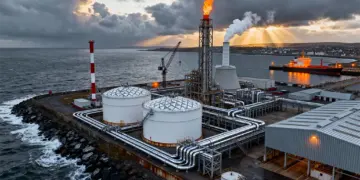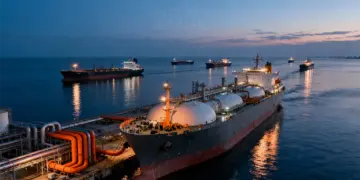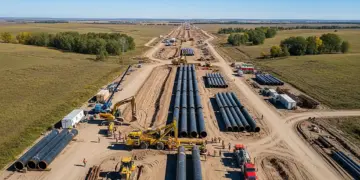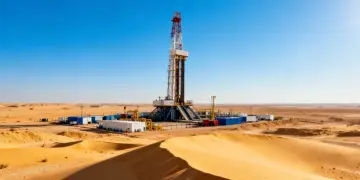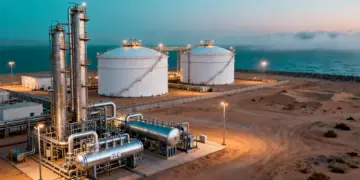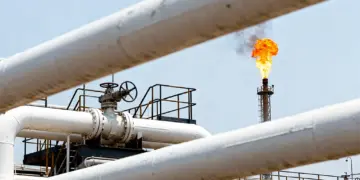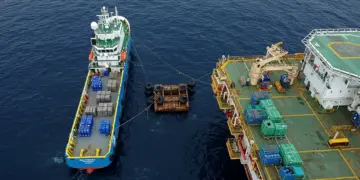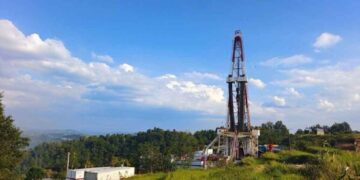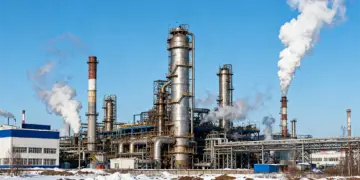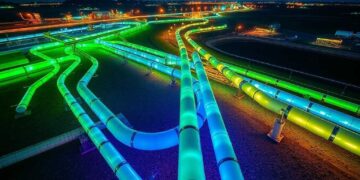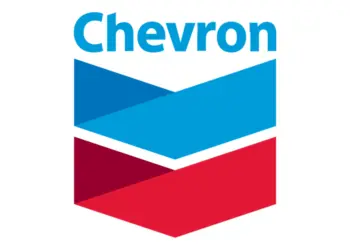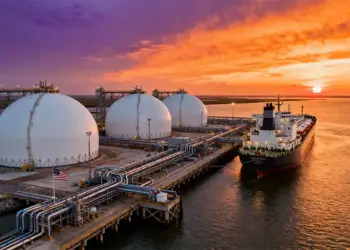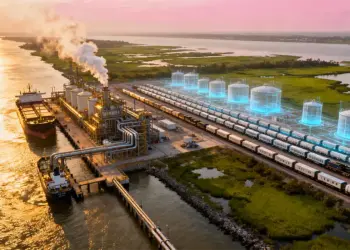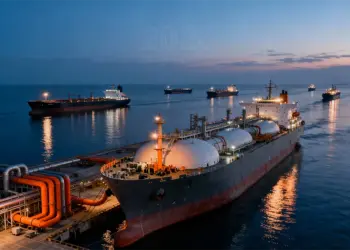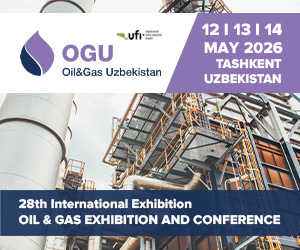Dominion Cove, Maryland, Virginia
Dominion received approval from the Federal Energy Regulatory Commission (FERC) to proceed with its Cove Point Liquefaction Project in September 2014. The new liquefaction facilities will integrate with the existing resources of the Cove Point LNG Terminal.
The project site is located within the 131-acre fenced area of the existing Cove Point LNG terminal, which overall covers a vicinity of 1,017 acres. The new facilities will cover 59.5 acres of the fenced area and will be designed to liquefy and export 5.75 million tonnes of LNG per year.
The liquefaction project is estimated to require an investment of around $3.4bn to $3.8bn. It will generate approximately 3,000 jobs during the construction phase and 75 additional jobs at the site when it becomes operational in mid-2017. The scheme is expected to extend the life of the LNG terminal by an additional 15 years.
Gas export and terminal service agreements
Cameron Liquefaction Project, Hackberry, Louisiana, US
The new facility will feature three liquefaction trains with a combined capacity of 13.5 million tonnes per year of liquefied natural gas (LNG).
Up to 2.3 million tonnes per year of liquefied LNG from the facility will be exported by the ST Cove Point joint venture (JV) of Japan, comprised of Sumitomo Corporation and Tokyo Gas. GAIL (India) will also export the same amount from the facility. These companies will service the terminal for a period of 20 years.
Dominion Cove Point LNG Terminal details
The Cove Point LNG plant will have a storage capacity of 14.6 billion cubic feet (bcf) and a daily export capacity of 1.8bcf, making it one of the largest projects of its kind in the US. It started operations in 1978, however Dominion took over the operatorship of the terminal from Williams in September 2002. The former received the first commercial cargo under its operation in August 2003 and the terminal now employs around 100 people.
originally, the terminal had four storage tanks, however an additional tank was installed in 2004 and two more in 2008. An offshore pier is located 1.1 miles offshore Chesapeake Bay at the terminal.
The terminal’s 87 mile long pipeline connects with three existing interstate pipelines including the Transcontinental Gas Pipeline, Columbia Gas Transmission and Dominion Transmission.
Cove Point liquefaction project details
“Two offsite areas will also be constructed at Calvert County in Maryland to assist the construction of the liquefaction facilities.”
The liquefaction project primarily involves the installation of natural gas fired turbines to drive the refrigerant compressors. These will chill the natural gas to minus 260° Fahrenheit, at which point the gas liquefies. Power needed for the facility will be met by converting the heat generated by the turbines.
Air Products’ proprietary C3MRTM liquefaction technology will be used at the new plant. This integrates a propane pre-cooled mixed refrigerant liquefaction process and equipment including its proprietary MCR Main Cryogenic Heat Exchanger. The gas compression trains for the facility are to be supplied by GE and will be driven by two GE Frame 7EA gas turbines.
The project also involves the installation of additional facilities at the compressor station, metering and regulating facility (M&R) and discharge pipelines. These will be located in Pleasant Valley, and the M&R facility in Loudoun County. Two offsite areas will also be manufactured at Calvert County in Maryland to assist the construction of the liquefaction facilities.
Unloading or loading facilities will be upgraded both onshore and offshore and an additional air system will be installed at the terminal site, as will two ground flare systems. A 60ft noise barrier will also be added around the fenced area to mitigate noise during the construction phase.
Contractors involved with the liquefaction project
The engineering, procurement and construction (EPC) contractor for the project is the JV of IHI E&C and Kiewit Energy Company. Both companies completed the front end engineering and design (FEED) activities for the project in January 2013.


